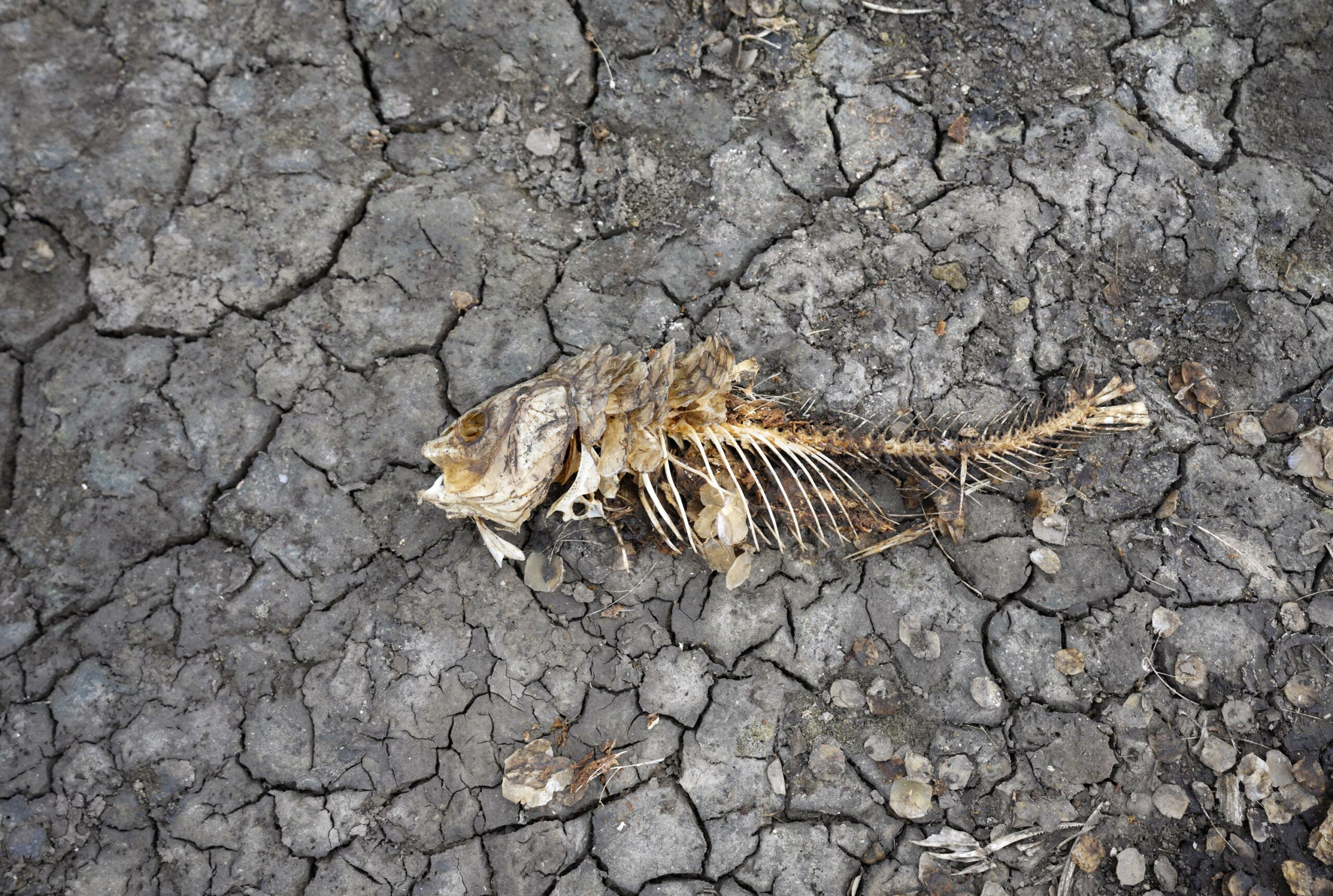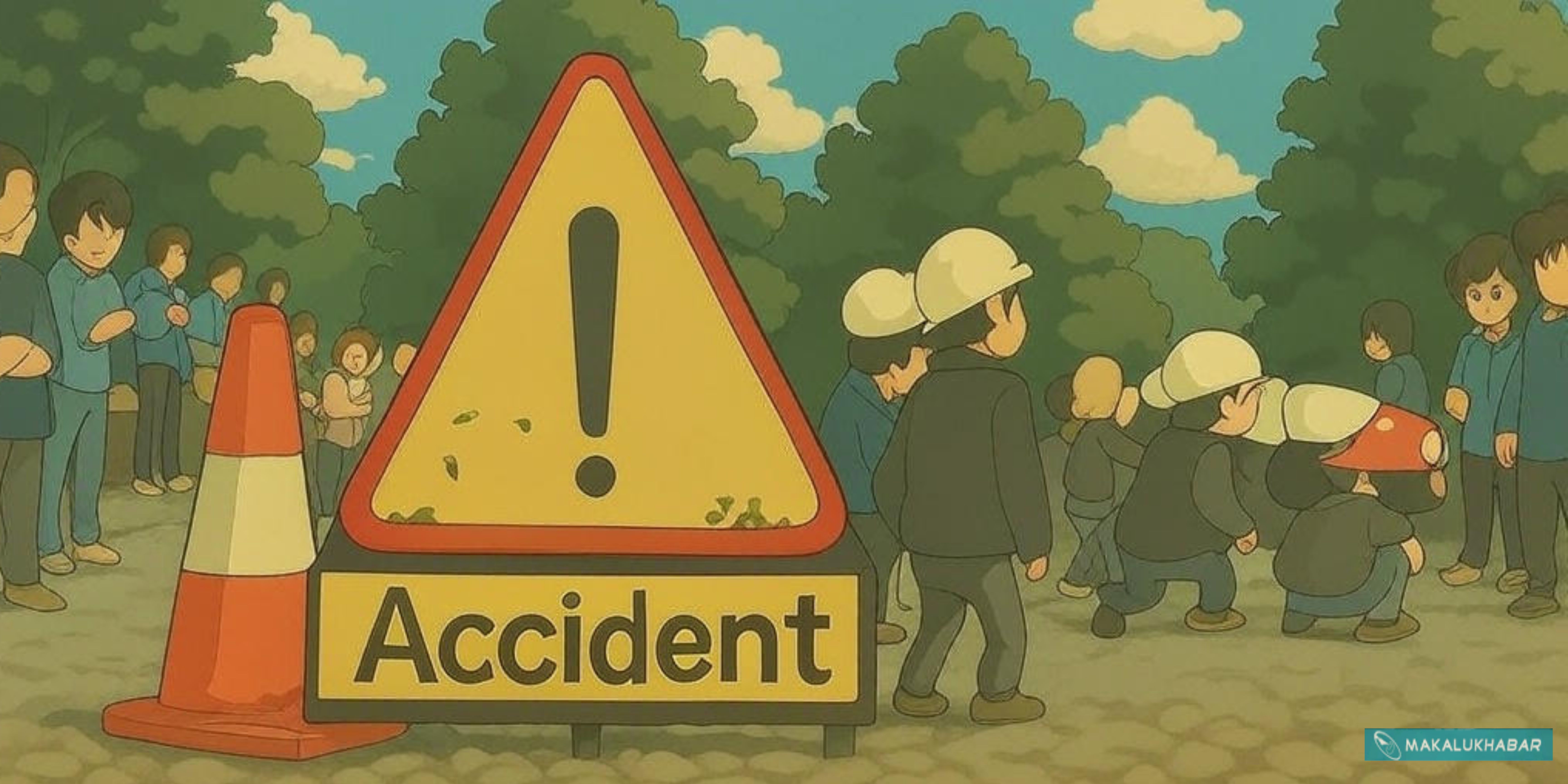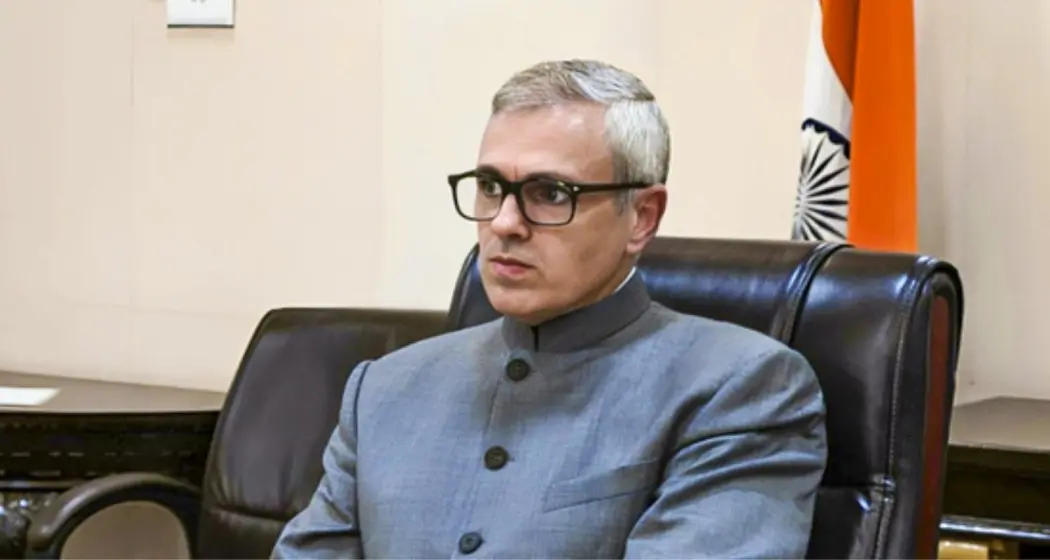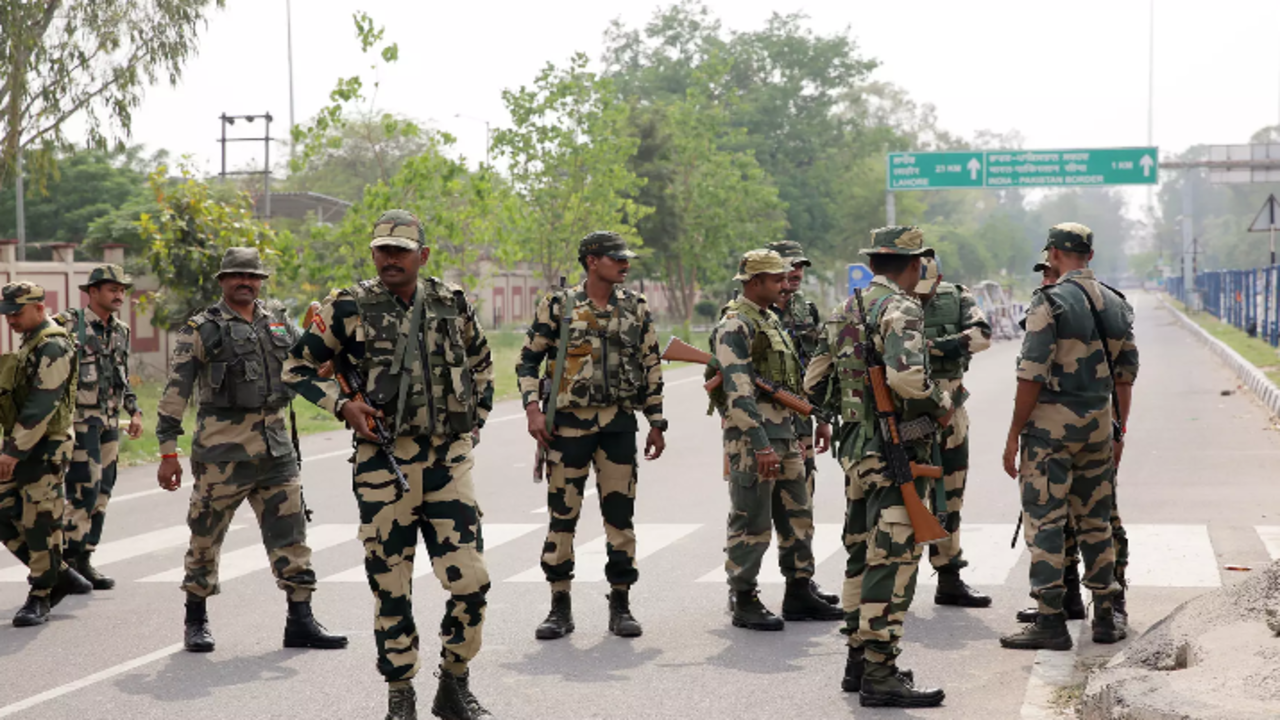European drought dries up rivers, kills fish, shrivels crops
Europe isn’t alone in the crisis, with drought conditions also reported in East Africa, the western United States and northern Mexico.

LUX, FRANCE: Once, a river ran through it. Now, white dust and thousands of dead fish cover the wide trench that winds amid rows of trees in France’s Burgundy region in what was the Tille River in the village of Lux.
From dry and cracked reservoirs in Spain to falling water levels on major arteries like the Danube, the Rhine and the Po, an unprecedented drought is afflicting nearly half of the European continent. It is damaging farm economies, forcing water restrictions, causing wildfires and threatening aquatic species.
There has been no significant rainfall for almost two months in Western, Central and Southern Europe. And the dry period is expected to continue in what experts say could be the worst drought in 500 years.
Climate change is exacerbating conditions as hotter temperatures speed up evaporation, thirsty plants take in more moisture and reduced snowfall in the winter limits supplies of fresh water available for irrigation in the summer. Europe isn’t alone in the crisis, with drought conditions also reported in East Africa, the western United States and northern Mexico.
As he walked in the 15-meter-wide (50-foot-wide) riverbed in Lux, Jean-Philippe Couasné, chief technician at the local Federation for Fishing and Protection of the Aquatic Environment, listed the species of fish that had died in the Tille.
“It’s heartbreaking,” he said. “On average, about 8,000 liters (about 2,100 gallons) per second are flowing. … And now, zero liters.”
In some areas upstream, some of the trout and other freshwater species are able take shelter in pools via fish ladders. But such systems aren’t available everywhere.
Without rain, the river “will continue to empty. And yes, all fish will die. … They are trapped upstream and downstream, there’s no water coming in, so the oxygen level will keep decreasing as the (water) volume will go down,” Couasné said.
“These are species that will gradually disappear.”
Jean-Pierre Sonvico, the regional head of the federation, said diverting the fish to other rivers won’t help because those waterways also are affected, which will lead to overcrowding and more deaths.
“Yes, it’s dramatic because what can we do? Nothing,” he said. “We’re waiting, hoping for storms with rain, but storms are very local so we can’t count on it.”
The European Commission’s Joint Research Center warned this week that drought conditions will get worse and potentially affect 47% of the continent.
Andrea Toreti, a senior researcher at the European Drought Observatory, said a drought in 2018 was so extreme that there were no similar events for the last 500 years, “but this year, I think, it is really worse.”
For the next three months, “we see still a very high risk of dry conditions over Western and Central Europe, as well as the U.K.,” Toreti said.
The current situation is the result of long periods of dry weather caused by changes in world weather systems, said meteorologist Peter Hoffmann of the Potsdam Institute for Climate Impact Research near Berlin.
“It’s just that in summer we feel it the most,” he said. “But actually the drought builds up across the year.”
Climate change has lessened the temperature differences between regions, sapping the forces that drive the jet stream, which normally brings wet Atlantic weather to Europe, he said.
A weaker or unstable jet stream can result in unusually hot air coming to Europe from North Africa, leading to prolonged periods of heat. The reverse is also true when a polar vortex of cold air from the Arctic can cause freezing conditions far south of where it would normally reach.
Hoffmann said observations in recent years have all been at the upper end of what the existing climate models predicted.
The drought has caused some European countries to impose restrictions on water usage, and shipping is endangered on the Rhine and the Danube.
The Rhine could reach critically low levels in the coming days, making the transport of goods — including coal and gasoline — increasingly difficult. On the Danube, authorities in Serbia have started dredging sand to deepen the waterway and keep vessels moving smoothly.
In neighboring Hungary, wide parts of popular Lake Velence near Budapest, have turned into patches of dried mud, beaching small boats. Aeration and water circulation equipment have been installed to protect wildlife, but water quality has deteriorated to the point that a ban on swimming was imposed at one beach on weekends.
Stretches of the Po, Italy’s longest river, are so low that barges and boats that sank decades ago are resurfacing.
The drought also has affected southern England, which received only 10% of its average rainfall in July. Firefighters are battling an unprecedented number of grass fires and people in several areas have been banned from watering their lawns.
The Rivers Trust charity said England’s chalk streams — which allow underground springs to bubble up through the spongy layer of rock — are drying up, endangering aquatic wildlife like kingfishers and trout.
Even in countries like Spain and Portugal, which are used to long periods without rain, there have been major consequences. In the Spanish region of Andalucia, some avocado farmers have had to sacrifice hundreds of trees to save others from wilting as the Vinuela reservoir in Malaga province dropped to only 13% of capacity, down 55% from a year ago.
Some European farmers are using water from the tap for their livestock in areas where ponds and streams have gone dry, using up to 100 litres (26 gallons) a day per cow.
In normally green Burgundy, home to the source of Paris’ Seine River, the grass has turned yellow-brown and tractors churn up giant clouds of dust.
Baptiste Colson, who owns dairy cows and grows feed crops in the village of Moloy, said his animals are suffering in the drought, with the quality and quantity of the milk decreasing.
The 31-year-old head of the local Jeunes Agriculteurs (Young Farmers) union said he has been forced to dip into his winter supply of fodder in August.
“That is the biggest concern,” Colson said.
EU corn production is expected to be 12.5 million tons below last year and sunflower production is projected to be 1.6 million tons lower, according to a report from S&P Global Commodity Insights.
Colson expects at least a 30% drop in corn yield, a major problem for feeding his cows.
“We know we’ll have to buy food … so the cows can continue producing milk,” he said. “From an economic point of view, the cost will be high.”
-AP










